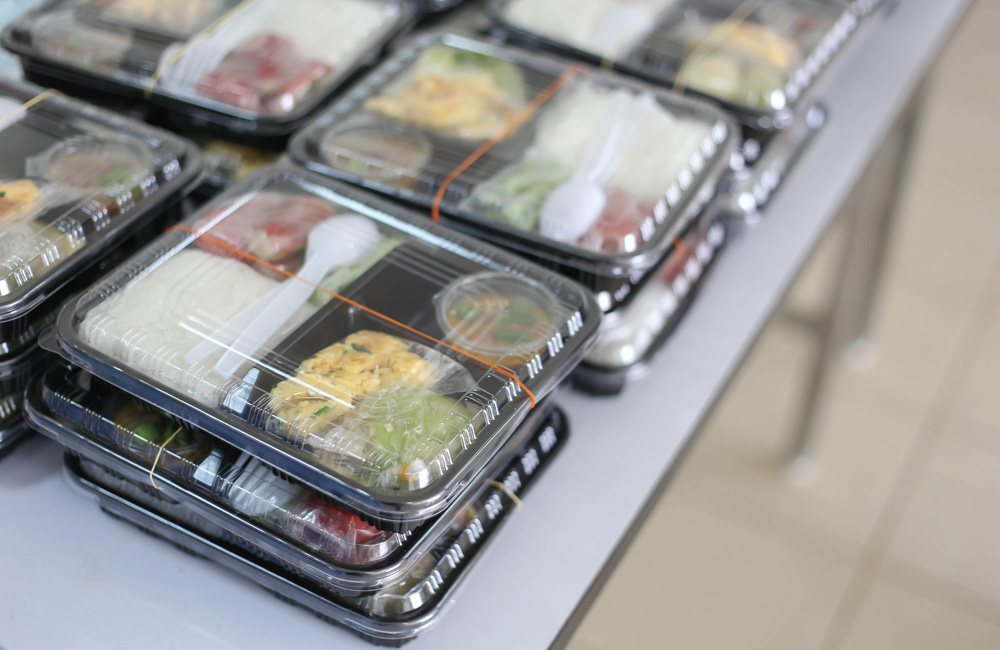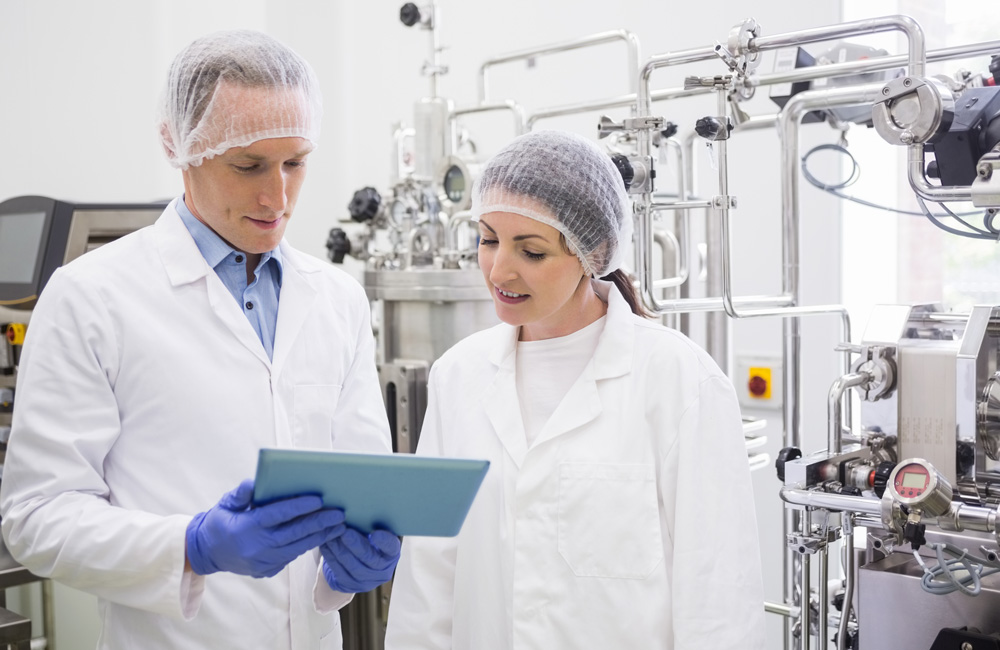

Product inspection has become an indispensable element of responsible food production, an inherent part of any HACCP concept, and an absolute prerequisite for the observance of international food standards.
Any contamination of food with impurities of any kind may have most serious consequences for a company. Systems for contaminant inspection are used to prevent such problems. In particular, X-ray systems are increasingly becoming the focus of attention.
Typical products for X-ray inspection





Food safety means - as the name implies - safe food for trading because unsafe food can harm consumers. The consequences for food processing companies are very unpleasant and can have fatal consequences.
It is hard to believe, but the origin of the globally recognized „HACCP“ concept for the assurance of food quality lies in the space industry. In 1959, the National Aeronautics and Space Administration (NASA) commissioned the development of guidelines for the production, storage and processing of 100% safe space food. In 1963, the WHO (World Health Organization) and the FAO (Food and Agriculture Organization of the United Nations) created the internationally acknowledged Codex Alimentarius on the basis of these guidelines. This includes the development of an HACCP concept.

HACCP is the abbreviati on for „Hazard Analysis and Critical Control Points“. A hazard analysis takes into account the probability of occurrence, the extent of damage and the probability of detection of foreign bodies at critical points in the production process. The implementation of the HACCP concept is intended to detect, prevent or reduce hazards that could have harmful effects on the health of end consumers to an acceptable level.
For each country there are different variants of food standards but they all have one thing in common: their recognition by the Global Food Safety Initiative (GFSI). Food standards define a clear framework for controlling and ensuring product safety, integrity, quality and legality and are aimed at companies in the manufacturing, processing and packaging of food and food ingredients. Over the years, the European area has evolved into a clear pioneer of high food safety standards.
International Food Standards

Global Standard for Food Safety / Commonwealth (GB)

Safety System Certification 22000 / global

International Featured Standard Food / Western and Eastern Europe, North America

Safe Quality Food / USA
This and further information about X-ray inspection
systems are part of our new X-ray Booklet!
The selection of your country allows us to offer the optimal content for you.
We have detected the following country based on your IP address:
If this is not correct, please choose your country below.
Aland Islands Albania Andorra Armenia Austria Aserbaidschan Belarus Belgium Bosnia-Herzegovina Bulgaria Croatia Cyprus Czech Republic Denmark Estonia Faroe Islands Finland France Georgia Germany Gibraltar Greece Guernsey Vatican City Hungary Iceland Ireland Isle of Man Italy Jersey Kazakhstan Kosovo Kyrgyzstan Lattvia Liechtenstein Lithuania Luxembourg Macedonia Malta Moldavia Monaco Montenegro Netherlands Norway Poland Portugal Romania Russia San Marino Serbia Slovakia Slovenia Spain Sweden Switzerland Tajikistan Turkey Turkmenistan Ukraina United Kingdom Uzbekistan
Anguilla Antigua & Barbuda Aruba Bahamas Barbados Belize Bermuda Canada Cayman Islands Costa Rica Cuba Curaçao Dominica Dominican Republic El Salvador Greenland Grenada Guadeloupe Guatemala Haiti Honduras Jamaica Martinique Mexico Montserrat Nicaragua Panamá Puerto Rico Saint Barthélemy Saint Kitts and Nevis Saint Lucia Saint Martin (French part) Saint Pierre and Miquelon Saint Vincent and the Grenadines Sint Maarten (Dutch part) Trinidad and Tobago Turks and Caicos Islands USA United States Virgin Islands British Virgin Islands Netherlands Antilles
Afghanistan Bahrain Bangladesh Bhutan British Indian Ocean Territory Cambodia China Taiwan India Indonesia Iran Iraq Israel Japan Jordan North Korea South Korea Kuwait Laos Lebanon Macao Malaysia Maldives Mongolia Myanmar Nepal Oman Pakistan Palestinian Territory, Occupied Philippines Qatar Saudi Arabia Singapore Sri Lanka Syria Taiwan Thailand Timor-Leste United Arab Emirates Vietnam Yemen
Algeria Angola Benin Botswana Burkina Faso Burundi Cameroon Cape Verde Central African Republic Chad Comoros Republic of the Congo Democratic Republic of the Congo Ivory Coast Djibouti Egypt Equatorial Guinea Eritrea Ethiopia Gabon Gambia Ghana Guinea Guinea-Bissau Kenya Lesotho Liberia Libya Madagascar Malawi Mali Morocco Mauritania Mauritius Mayotte Mozambique Namibia Niger Nigeria Reunion Rwanda Saint Helena, Ascension and Tristan da Cunha Sao Tome and Principe Senegal Seychelles Sierra Leone Somalia South Africa South Sudan Sudan Swaziland Tanzania Togo Tunesia Uganda Western Sahara Zambia Zimbabwe
American Samoa Australia Brunei Christmas Island Cocos (Keeling) Islands Cook Islands Fidschi French Polynesia Guam Heard Island and McDonald Islands Kiribati Marshall Islands Micronesia Nauru New Caledonia New Zealand Niue Norfolk Island Palau Papua New Guinea Pitcairn Samoa Solomon Islands Tokelau Tonga Tuvalu Vanuatu Wallis and Futuna Northern Mariana Islands